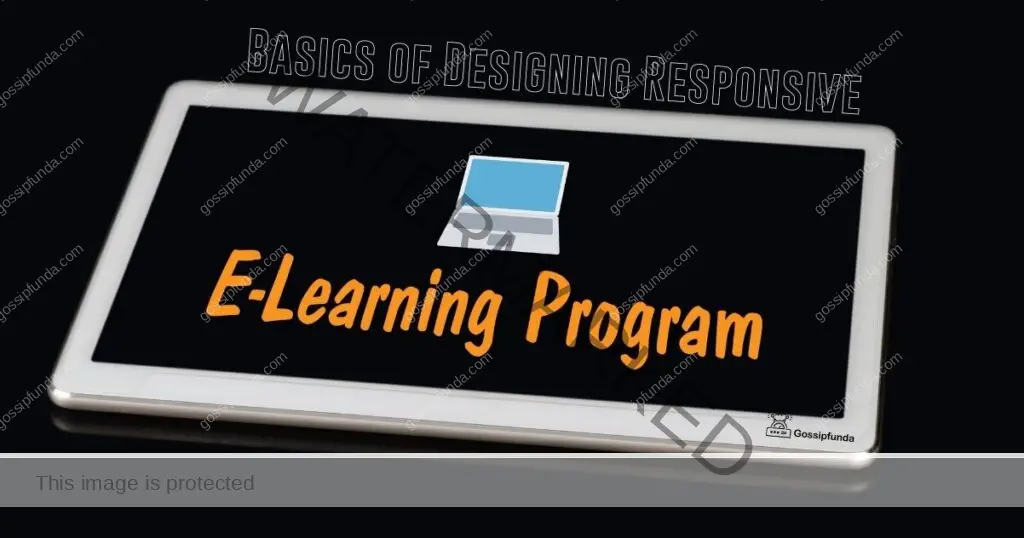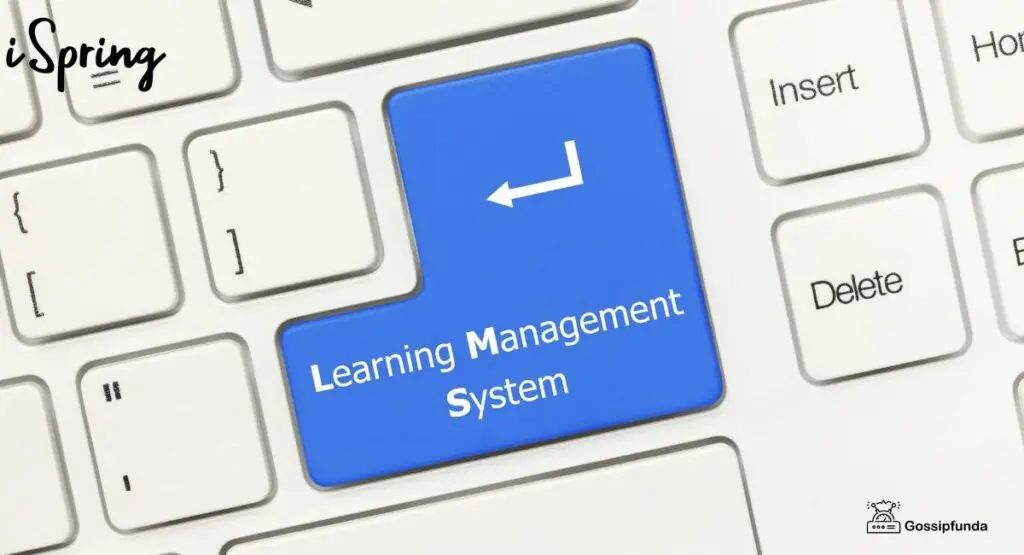Like every other industry these days, the healthcare industry too benefits a lot from eLearning and can potentially benefit even more. As employee training management software is used in almost every public and private sector now, it is natural that the healthcare industry is also trying to incorporate eLearning training practices in their training courses to serve the highest good of the industry and the people in general. Let’s see the Noteworthy benefits of eLearning software in the Healthcare industry
eLearning in the healthcare sector can be included through the basic types of eLearning practices:
- Synchronous Learning (SL) and Asynchronous Learning (AL) where SL is more about connecting the learner and instructor simultaneously whereas AL is more flexible with the timing.
- Collaborative Learning (CL) or Computer-Supported Collaborative Learning (CSCL) encourages group collaboration for learning and mostly includes ‘sharing knowledge’.
- Linear Learning (LL) or Computer-Based Training (CBT) that provide statistical training and web-based training.
- Flipped-Classroom (FC) where the learner gains knowledge from outside and then uses class time to discuss what they have learnt.
All the practices that are mentioned here are used in the majority of the eLearning processes no matter what the sector of the business is. Based on these basic types of eLearning practices there are some tools that are frequently used for employee training in the healthcare industry;
Webinars:
A form of SL, Webinars are a way to connect the learner and the trainers at the same time and thus require them to be online simultaneously. The learners attending these webinars experience a discussion-based, interactive learning experience with live discussions and question-answer sessions.
Learning Management Systems:
Learning management systems or LMS are more complex tools that pay in the long run. They have both ready-made courses to be purchased and options to create courses for training purposes. The purchased pre-made courses are good when it comes to addressing generic issues whereas the tailored courses are better for specific training needs like a special kind of medical procedures.
An LMS should be chosen after thoroughly going through the top LMS reviews and it is always advisable to compare different LMS to understand which one aligns with all your requirements.
Interactive displays:
Interactive displays can be of any kind starting from interactive whiteboards and smartboards. These are very good for memory retaining practices like medical quizzes, software, and training programs and even capturing feedback.
Virtual Classrooms:
Though a lot costlier than the other tools, VR-based classrooms have the biggest potential to serve the healthcare industry. If used properly, these VR classrooms can teach medical students and professionals anything from complicated medical procedures, surgeries, and even diagnostics.
All the tools and the eLearning methods bring a lot of benefits to the healthcare industry that not just makes the work of frontline workers easier but also help them be ready and trained for any and every situation.

Benefits of eLearning software:
Lower Training costs: The healthcare industry is a very ‘costly’ industry. Thus, investing in an eLearning-based training program is actually a very smart decision as eLearning is online and saves every other cost related to training programs including traveling, meals, trainer fees, etc while sparing the medical professionals the hassles of offline training programs.
Progress tracking: eLearning gives the L&D of healthcare sectors the ability to track the progress of the learners which includes the training results, progress data, and feedback to understand particularly what is needed and not needed for the training courses.
Easier feedback: In eLearning practices, the feedback system becomes way simpler and faster than the traditional training programs. The learners especially benefit from this as they get the capability to give feedback about the quality of training, their progress and grades, knowledge gaps, and other issues in real-time.
On-demand learning: This especially benefits the learners from the healthcare sector more as on-demand learning helps the learner go through the courses at their own pace and convenience while also offering revisitation to the courses to truly master it and be confident about it; be it diagnostics, complex medical procedures or even surgeries.
Effective: Memory retention is an important need for the healthcare sector. There are a lot of things that need to be remembered in great detail when it comes to any medical procedure, diagnostics, or even pharmacy. Thus the effective and memory retentive ways of eLearning can be especially exploited to make it easier for the learners so that they can use the knowledge in practical situations.
Conclusion:
The healthcare industry especially can and does benefits a lot from eLearning software. Be it training the employees remotely, making a network of shared knowledge, or practicing and mastering life-saving skills, there are many ways to incorporate eLearning in the Healthcare sector so that it becomes a bit easier for medical professionals.
Awill Guru is a technology enthusiast with degrees in VLSI Engineering (B.Tech, M.Tech) and Android Development. Their passion for education drives them to teach and share knowledge through their blog. He also hold qualifications in Sociology (M.A.) and Education (B.Ed), along with NIELIT O and A Level certifications.

